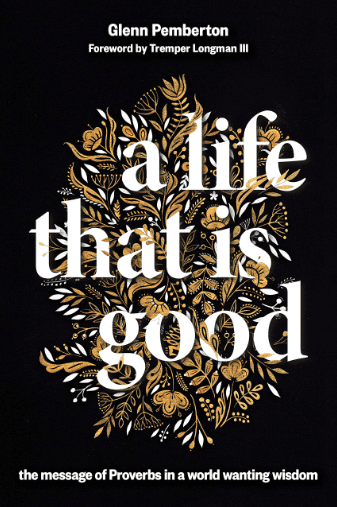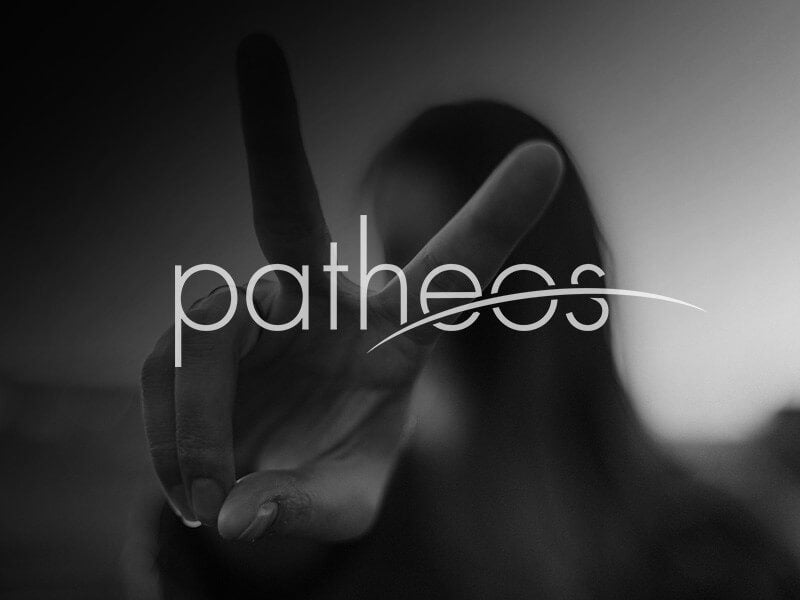The Book of Proverbs and women.
What it says about and by women surprises.
Many miss this; but not Glenn Pemberton in his excellent new book, A Life That Is Good.
What do we learn?
First, let’s call it a strategy — Pemberton thinks the audience is largely young men and women are used to speak to get their attention?
Agree?
If we were the writers and our audience consisted of young men, naive and inexperienced as they stepped out to face new decisions, what would we use to haul the freight? What set of images would be most effective in convincing the youth to accept wisdom? What will best hold his attention? The editors/writers of Proverbs 1-9 do not hesitate to lay all their cards on the table in the first chapter. They choose the object of fascination, mystery, and desire for young men: women.
But, second, notice the substance of the women’s speaking in these chapters:
Women do carry a load in Proverbs 1-9: twice the young man’s mother speaks alongside his father (1:8-9; 6:20); five lectures extensively develop one or more female figures (2:16-19; 4:5-9; 5:3-23; 6:20-35; 7:1-27); the first three interludes feature Woman Wisdom (1:20-33; 3:13-20, 8:1-36); and the conclusion sets Woman Wisdom against Woman Folly (9:1-18).
This surprises many:
Over half of Proverbs 1-9 is placed in the mouths or hands of women.
Pemberton thinks this is the strategy.
The strategy is logical: in a culture lacking movies, magazines, and photographs, the next best thing for anyone trying to get young men’s attention is to speak to them about women. Describe various kinds of women and encourage them to pursue one kind of woman and stay away from others. In simple terms, use their raging hormones to help them make a wise decision.
Not all positive, but what about balance? Pemberton suggests:
When compared, the positive roles of women in chapters 1-9 outpace the negative type casting at the rate of sixty percent to forty percent. ‘
He considers his and our locations:
First to men: I do not believe it is possible for us to fully realize the burden imposed on women by misogynistic type casting. … Second to women: I can never fully understand the struggles and feelings created by these texts, and too many others.
Another surprise, our third point: what women say in chps 1-9 and the woman of Proverbs 31:
The parallels between Woman Wisdom in chapters 1-9 and the worthy woman in chapter 31 are striking. At points the similarity is uncanny (e.g., #3), and in other points the similarity bears a family-like resemblance (e.g., #2). This mirror-like image is no accident or happenstance, but the very reason the sages employ this poem to conclude the book: to make one final appeal for accepting Woman Wisdom because of what she will do for our lives.
What the women teach — fourth point — is the heart of the whole book of Proverbs and thus the wisdom tradition of Israel.
The speeches about and from women establish the primary themes of Proverbs 1-9, identified in chapter 1: the importance of wisdom for genuine life; wisdom as a path or way of life, a journey, not a destination; and the necessity of a firm decision and commitment to a wise lifestyle. Each of the speeches, as we’ve pointed out above, speaks to these themes-and even more, the speeches also expose cultural values that stand behind the attitudes and actions mentioned in the speeches.
And it all comes down to a decision: to be wise or not. Or, as Pemberton likes to frame it — the good life or the life that is good.
Instead, the voices in Proverbs 1-9 urge us, “Make a decision for wisdom and a life that is good.” A life in which we are committed to walking with wisdom and doing what is right, just, and equitable. A life in which we are married to wisdom, trusting that the Lord and Woman Wisdom will bring more blessing than we will ever find in “the good life.” That life begins with a proper relationship with the Lord. All that comes in Proverbs 10-31 depends on this prior decision, and if we refuse to make it, we have little sense to continue. The sages have pushed us to the edge; now it’s up to us to decide which life we will pursue: “the good life” or “the life that is good.












